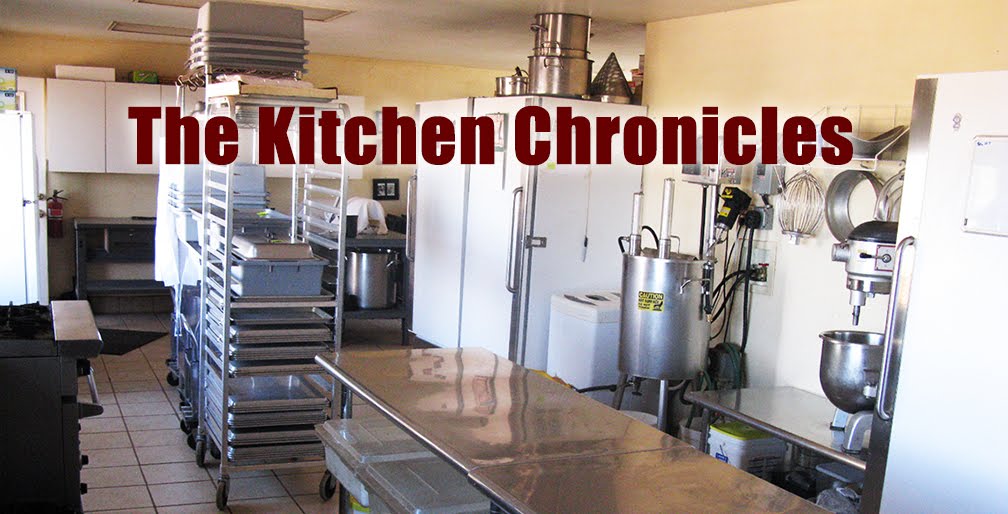How many times have you read or heard that the alcohol in vanilla
extract bakes out in a cake? Or that all that red wine in your spaghetti sauce
or boeuf bourguignon leaves only its flavor after cooking? Or that when you
flambé your crepes Suzette with Cointreau, or your bananas Foster with rum,
that the flames are burning off all the alcohol in it?
Well, the truth is… each of these culinary myths is just plain
wrong.
"It takes
The Study
According to the U.S. Department of Agriculture's Nutrient Data lab, food with alcohol in it thatis baked
According to the U.S. Department of Agriculture's Nutrient Data lab, food with alcohol in it that
This is not new news. In
the study (originating in 1992 and most recently updated in 2007),
nutritionists from Washington State University, and the University of Idaho
together with the U.S. Department of Agriculture experimented with dishes
cooked with wine and sherry. They cooked two wine-heavy recipes like boeuf
bourguignon and coq au vin retained
 |
| https://www.ars.usda.gov/ARSUserFiles/80400535/Data/retn/retn06.pdf |
Why do we use alcohol in foods?
Most often, we add alcoholic beverages (wine, beer, spirits
Besides alcoholic beverages, most of the flavoring extracts we add
to foods also contain alcohol (sometimes a lot!). Extracts are concentrated
The alcohol in extracts can vary from 20% to 90% and primarily
serves to preserve the aroma and taste of the original flavoring ingredient.
The alcohol can also act as a carrier across mucous membranes, increasing the
impact of the flavor profile as we eat it.
While extracts may contain a high percentage of alcohol, the total
dose of alcohol is so low that the amount of alcohol consumed is miniscule. For
example, 30 drops (roughly 1/3 teaspoon) of an extract that is 90% alcohol in 1
cup of water yields an alcohol content of 0.15%, equivalent to about 1/250th of
a 12-oz bottle of beer or 1/320th of a 6-oz glass of wine.
So, if it's that little - who cares?
In fact, lots of people.
Even if 99.9% of the alcohol in a food is cooked
Alcohol alternatives
Here are some ingredient flavor hacks to avoid using any alcohol
in a recipe:
- Instead of brandy, try mixing water, white grape juice, apple juice and peach juice in equal parts.
- Cointreau, triple sec and Grand Marnier may
be replaced - Use rice vinegar instead of sake
- Use white grape juice or slightly diluted white wine vinegar instead of dry vermouth.
- You can replace vodka with apple cider and lime juice in equal parts.
- Replacing Amaretto with a few drops of almond extract
- For Anisette flavor use a bit of fennel extract
- For any orange liqueur, a bit of orange essential oil will go a long way.

